These Are the 11 Most Endangered Places in the World, According to the National Trust
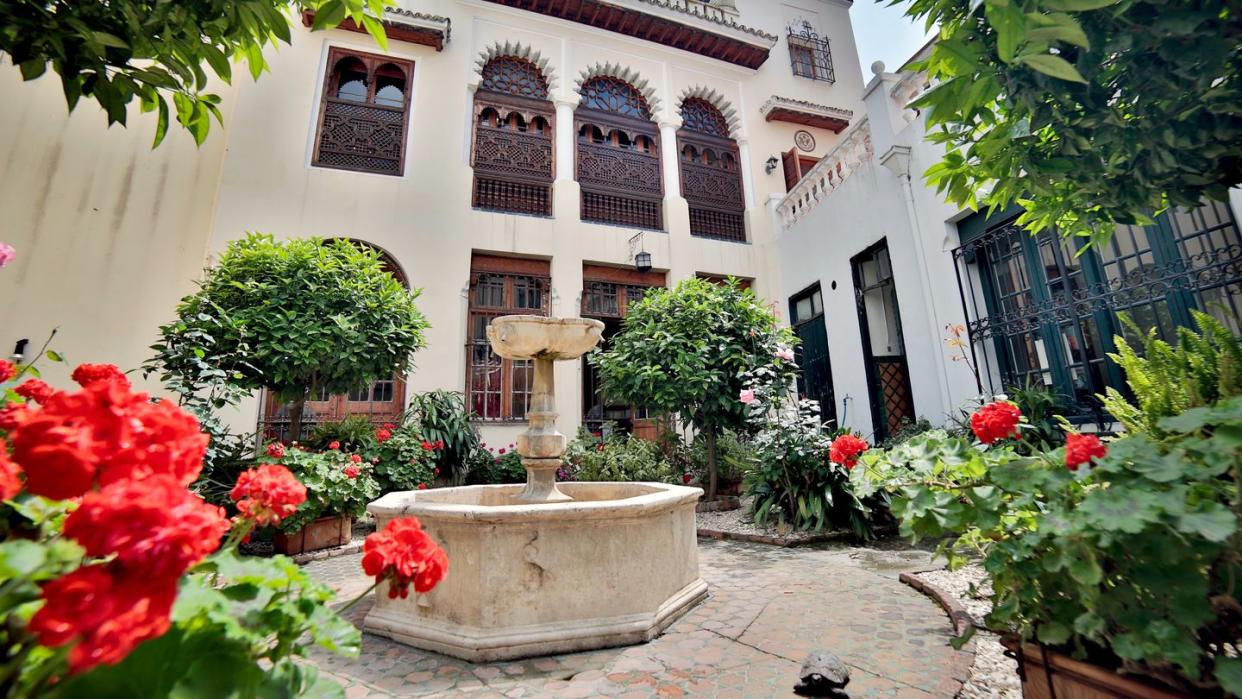
"Hearst Magazines and Yahoo may earn commission or revenue on some items through these links."
As part of its mission to save the most significant sites rich with American history yet damaged or at-risk of destruction, the National Trust for Historic Preservation has published an annual list of America’s most endangered historic places since 1988.
The 2024 list, released May 1, showcases 11 places ranging from a noteworthy Civil War battleground to one of the few Japantowns remaining in the U.S. Described as among our “nation’s greatest treasures” by the nonprofit organization, the list includes some endangered places you may have heard of before. Others haven’t been as closely chronicled in history books, but that doesn’t make them any less significant. In fact, it might just make them even more worthy of saving so we have time to chronicle, interpret, and share their stories.
“Seventy-five years ago, widely recognized sites of national history were largely confined to the East Coast and ‘historic preservation’ was synonymous with the great architecture of our Founding Fathers. That foundation is still important, but today there’s more recognition that history ought to help us tell the full American story, including that of groups and places previously left at the margins,” Carol Quillen, president and CEO of the National Trust for Historic Preservation, said in a press release. “That expanded perspective is reflected throughout this year’s list, particularly in the three sites located outside of the contiguous United States.”
Now 37 years into showcasing these cultural landmarks, the National Trust has raised awareness about more than 350 sites already. Importantly, only a handful of those have been lost.
“We encourage people to experience these sites and the layers of stories they hold,” Quillen added. Recognizing and preserving the “national historic landscape honors the lives and achievements of all Americans.”
We hope that the legacies of these 11 structures and lands empower you to advocate for these places—and others that are a vital thread in the colorful fabric of your community.
The 11 Most Endangered Places in the World
Cindy Walker House, Mexia, Texas
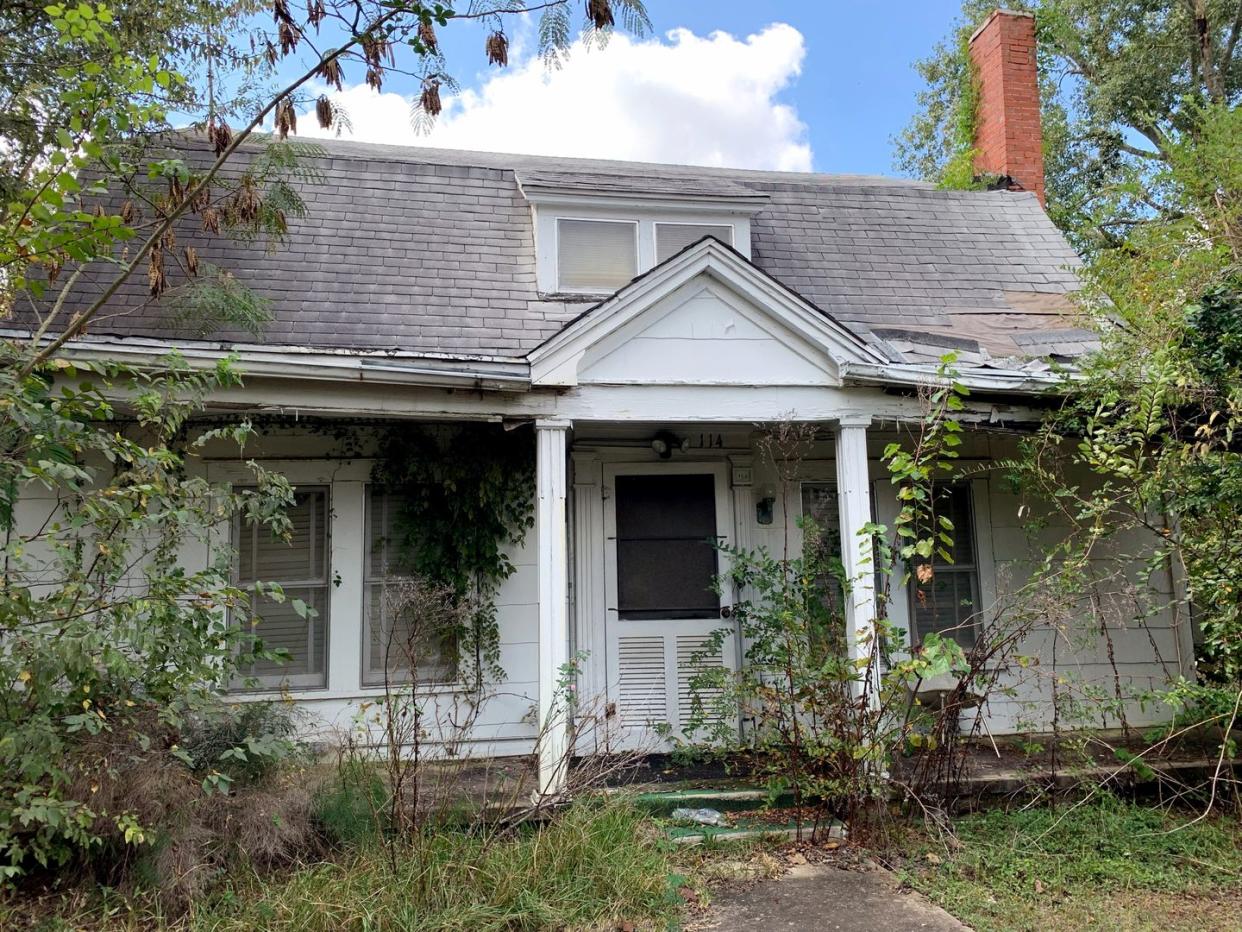
Ricky Skaggs. Roy Orbison. Glen Campbell. These are all household names but a certain savvy songwriter, Cindy Walker (1917-2006) penned chart-topping songs for all of the above. “You Don’t Know Me,” which was eventually performed by Ray Charles. Walker called Mexia, Texas home for more than 50 years, and she penned top 10 hits throughout those five decades.
But like many female music artists at the time, Walker unfortunately never got the credit she deserved during her lifetime—and now her historic home isn’t getting enough TLC, either. Since Walker passed 18 years ago, the interior has been affected by roof leaks and foundation issues. Resurrecting the home will help preserve Walker’s legacy as the country music icon she always has been.
Eatonville, Florida
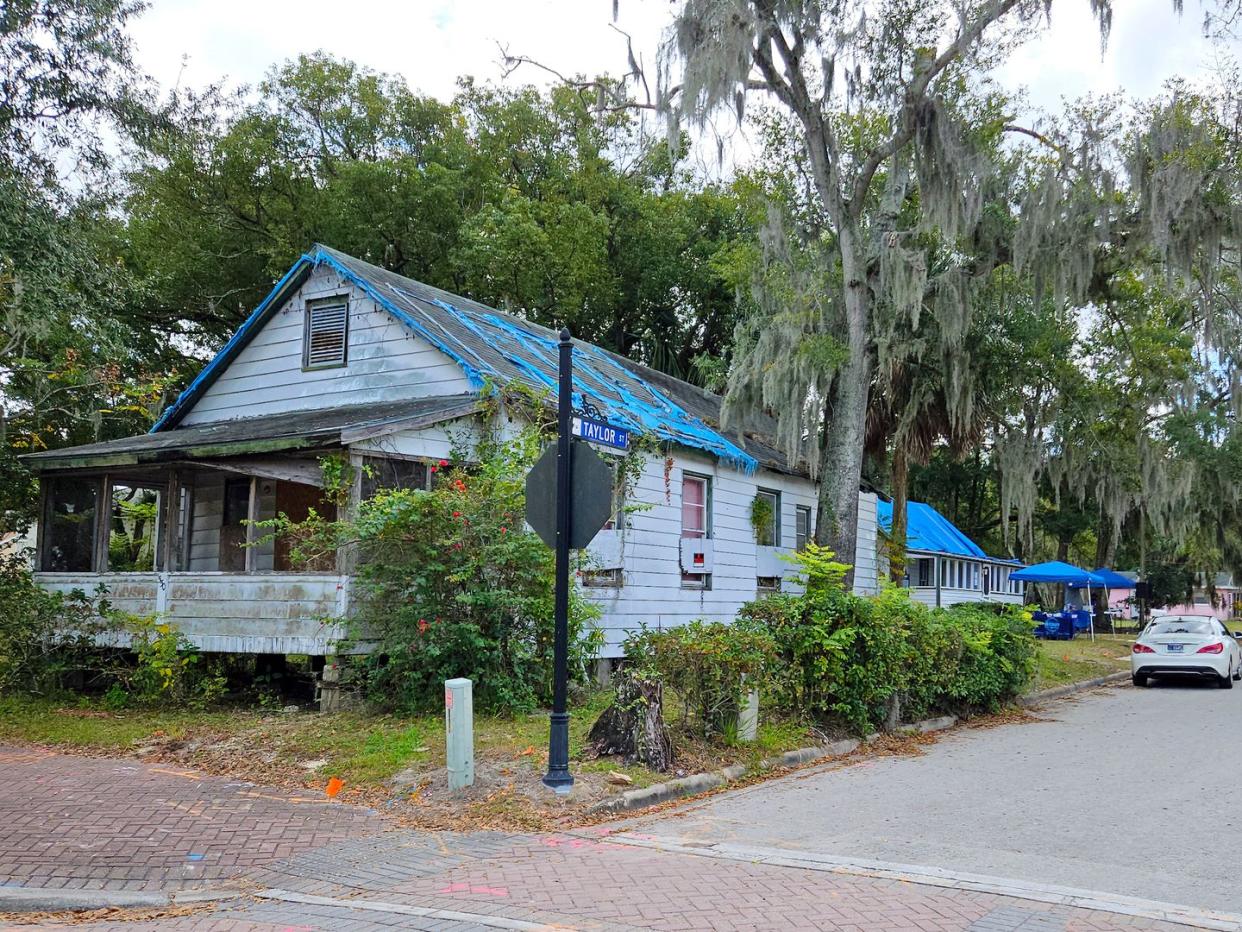
Eatonville, Florida, a short 15-minute drive from Orlando, doesn’t have any roller coasters. However, it is overflowing with history. The city was one of the first self-governing all-Black municipalities in the U.S. It was also the hometown of notable author, folklorist, and anthropologist, Zora Neale Hurston.
These days, the town’s historic buildings are being threatened by pressures for development, and are in need of investment and rehab to bring them back to their glory to help commemorate this community’s significance in American history.
Estate Whim Museum, Frederiksted, St. Croix, U.S. Virgin Islands
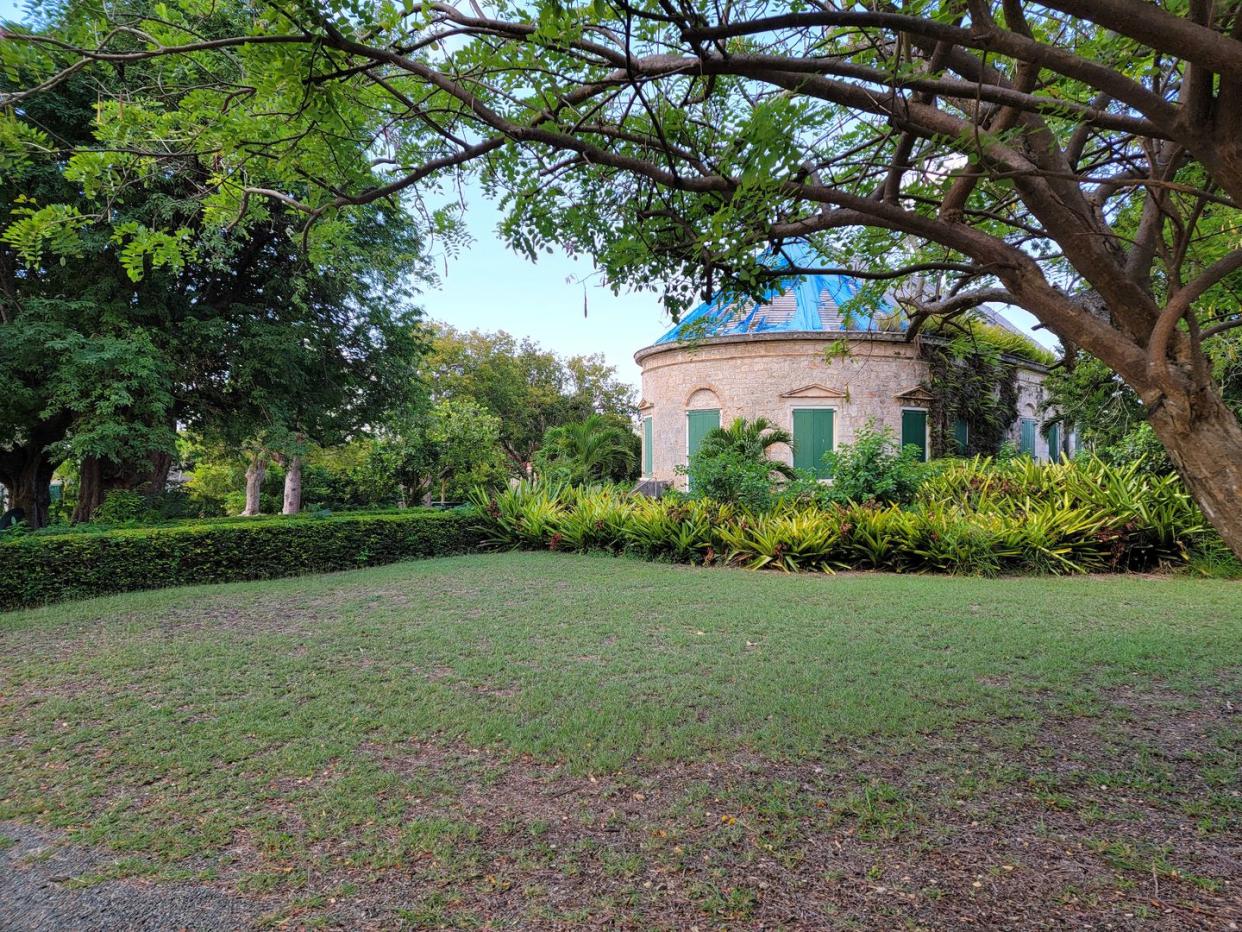
During the era in which St. Croix was colonized by Denmark, Estate Whim was an active plantation. It was inhabited by owners and laborers who were paid extremely low wages for a full century after the island was emancipated. The legacies of those who gave so much for so little are tied to this site, and it’s home to a museum, library, archives, and more.
Like many parts of St. Croix—which has been “fought over, colonized, bought, sold, captured and recaptured because of its strategic or economic potential,” according to St. Croix Landmarks Society, Estate Whim Museum has been harmed by repeated hurricanes, too. To proceed with much-needed repairs, the team needs additional resources.
Hudson-Athens Lighthouse, Athens, New York
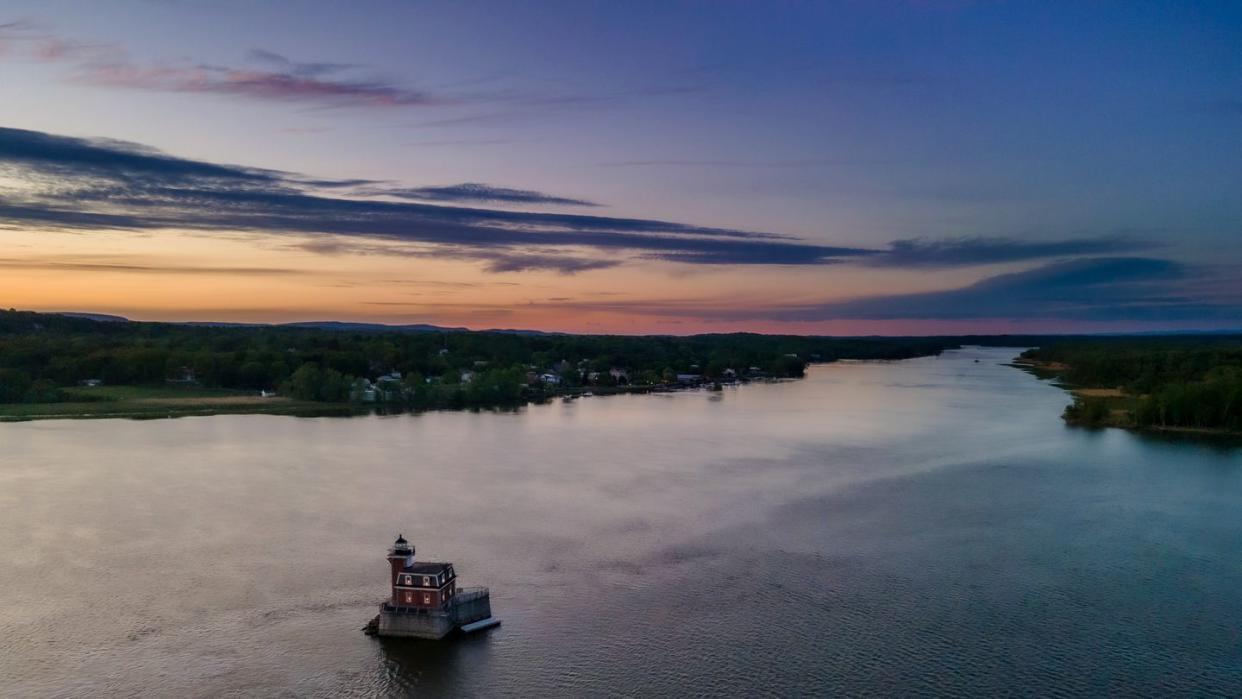
“Middle-of-the-river” lighthouses used to be fairly common landmarks along the Hudson River. Today, Hudson-Athens Lighthouse is just one of two remaining.
Erosion and other wear and tear have done a number on the iconic lighthouse, and engineers believe the structure may collapse within 3 years if it’s not renovated. Looking ahead, supporters are hoping to raise funds to preserve the site and allow it to remain open to visitors.
Little Tokyo, Los Angeles, California
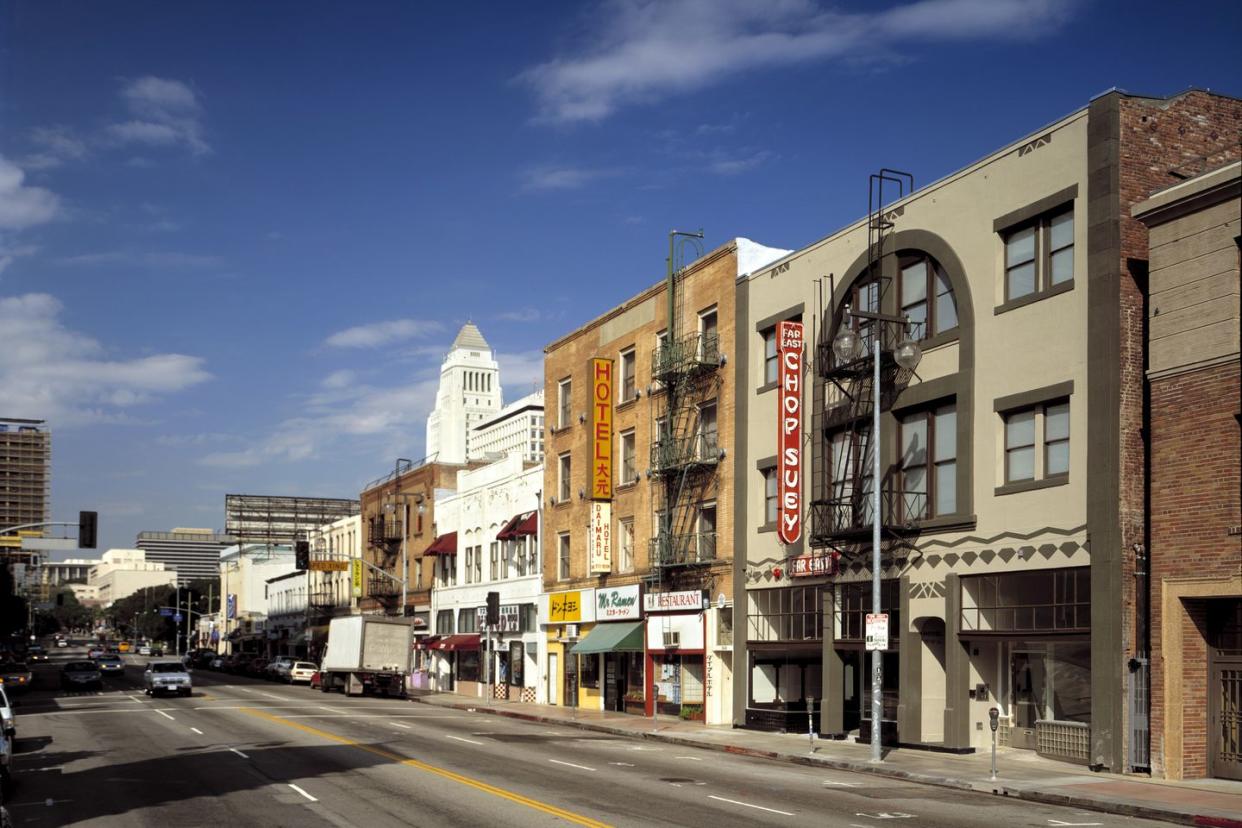
It’s one of the oldest neighborhoods in LA and is just one of four Japantowns left in America, but Little Tokyo might soon be torn apart by transit projects and massive developments that would likely displace beloved restaurants and businesses.
Here, it’s not just money that’s needed. (Although fundraising is part of the goal of local preservation groups.) Advocacy and policy initiatives are essential to protect the places and people that make Little Tokyo so culturally rich.
Minute Man National Historical Park, Walden, and nearby landmarks, Massachusetts
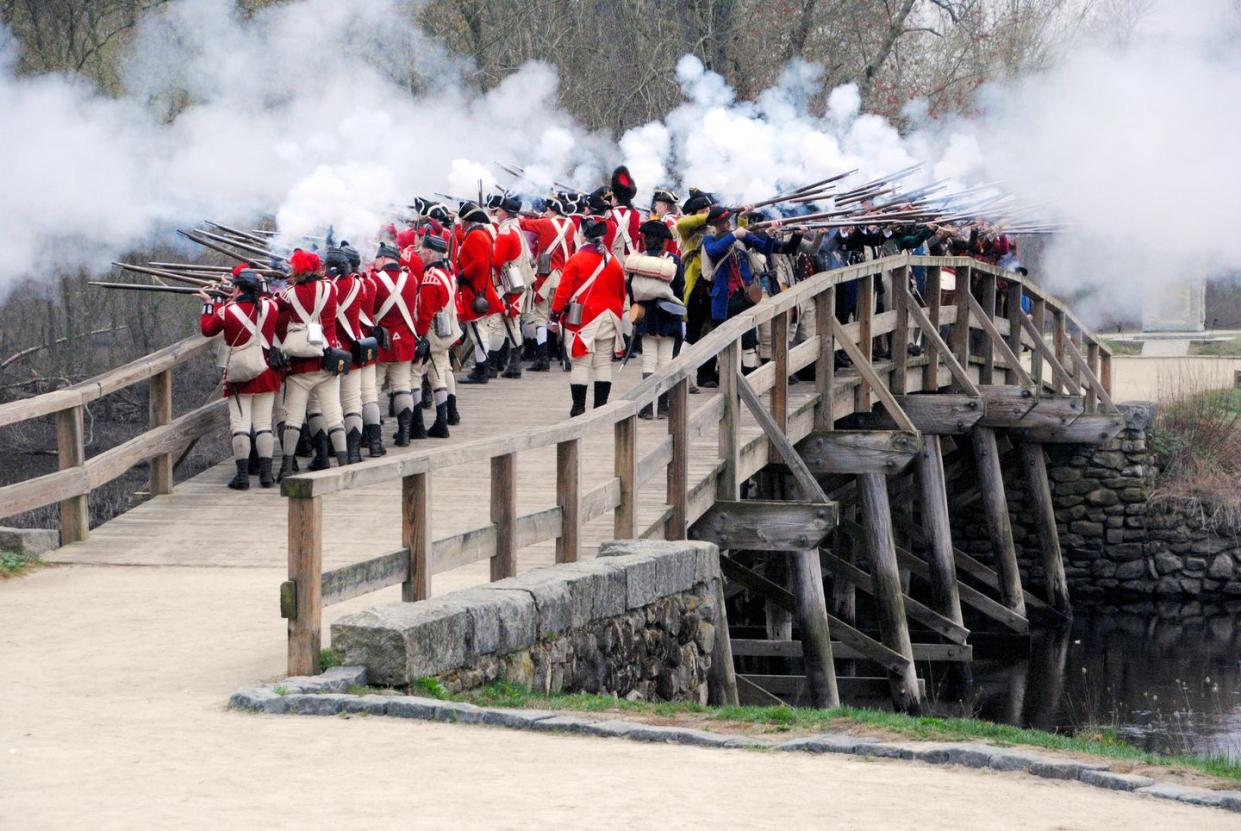
This park is a literature-lover's dream. Not only is it home to the Walden that inspired Henry David Thoreau’s book by the same name, but it’s also where you’ll find preserved homesteads of Louisa May Alcott (who penned the Little Women), essayist Ralph Waldo Emerson, and novelist Nathaniel Hawthorne. Thoreau’s musings on nature that were informed by his surroundings here may have helped launch the modern conservation movement, according to the National Park Service.
A proposal related to the expansion of Hanscom Field airport could drastically increase car traffic, noise (as more private jets will fly overhead, and the peaceful environment in the area. A coalition has formed to oppose the airport’s growth; they believe that the scale and impact of the project will hamper the historic, once-remote and rejuvenating park.
New Salem Baptist Church, Tams, West Virginia
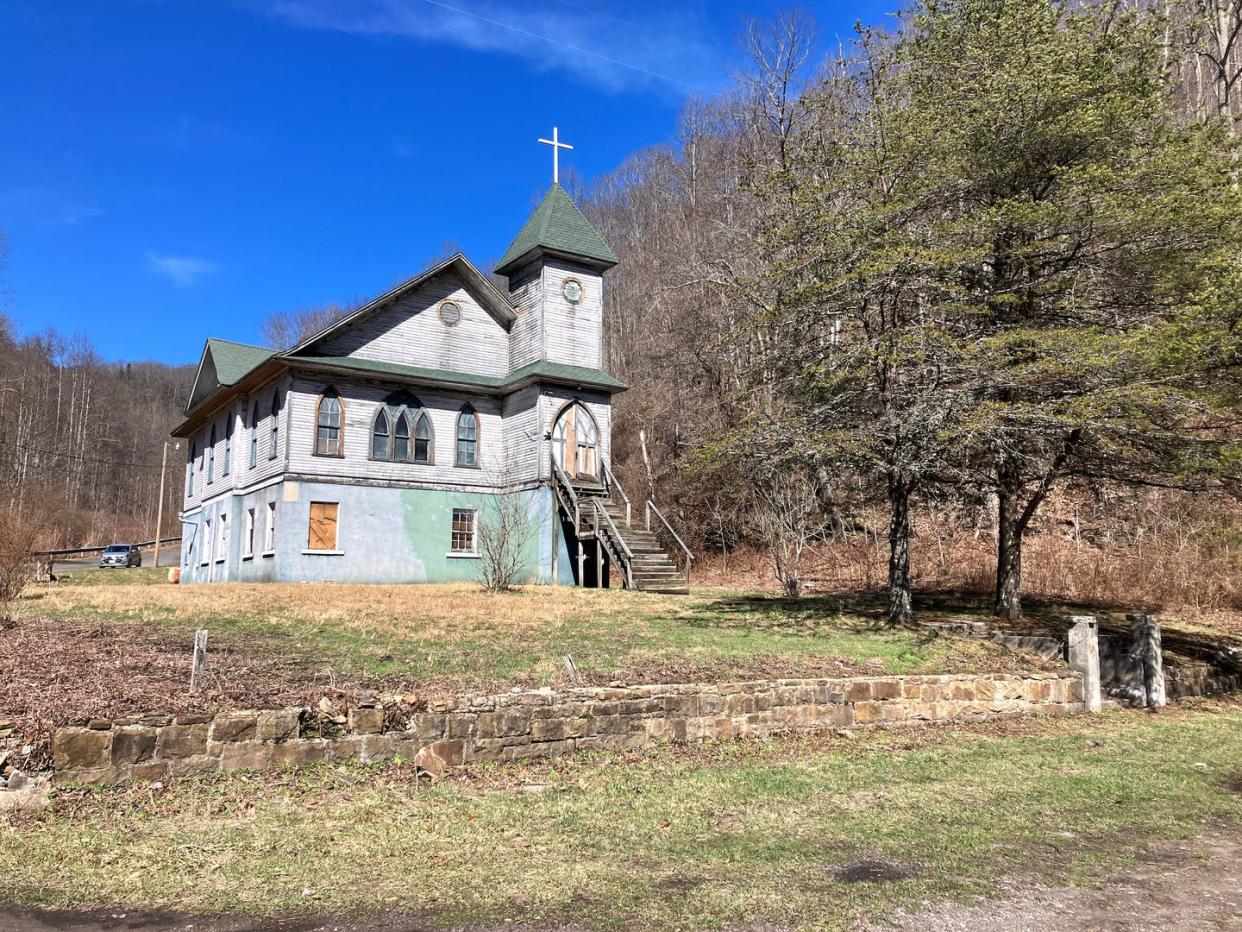
Constructed in 1921, New Salem Baptist Church was once a gathering place and worship space for Black coal miners and their families.
Community support is strong and public sentiment is positive, although the small congregation is struggling to keep up with the necessary repairs and restoration. The West Virginia church is aiming to forge partnerships and secure funding to preserve the century-old church and keep its doors open for decades to come.
Roosevelt High School, Gary, Indiana

Jackie, Tito, Jermaine, Marlon, and Michael. The Jackson 5 are just a handful of many notable names who have once walked the halls of Gary, Indiana’s Theodore Roosevelt High School. Other prominent actors and professional athletes are among the alumni.
Unfortunately, the building hasn’t been used since 2019, as the building is deteriorating. A local coalition has formed to try to restore and refresh the school to honor its historic significance to the city; Indiana’s ninth largest.
Sitka Tlingit Clan Houses, Sitka, Alaska
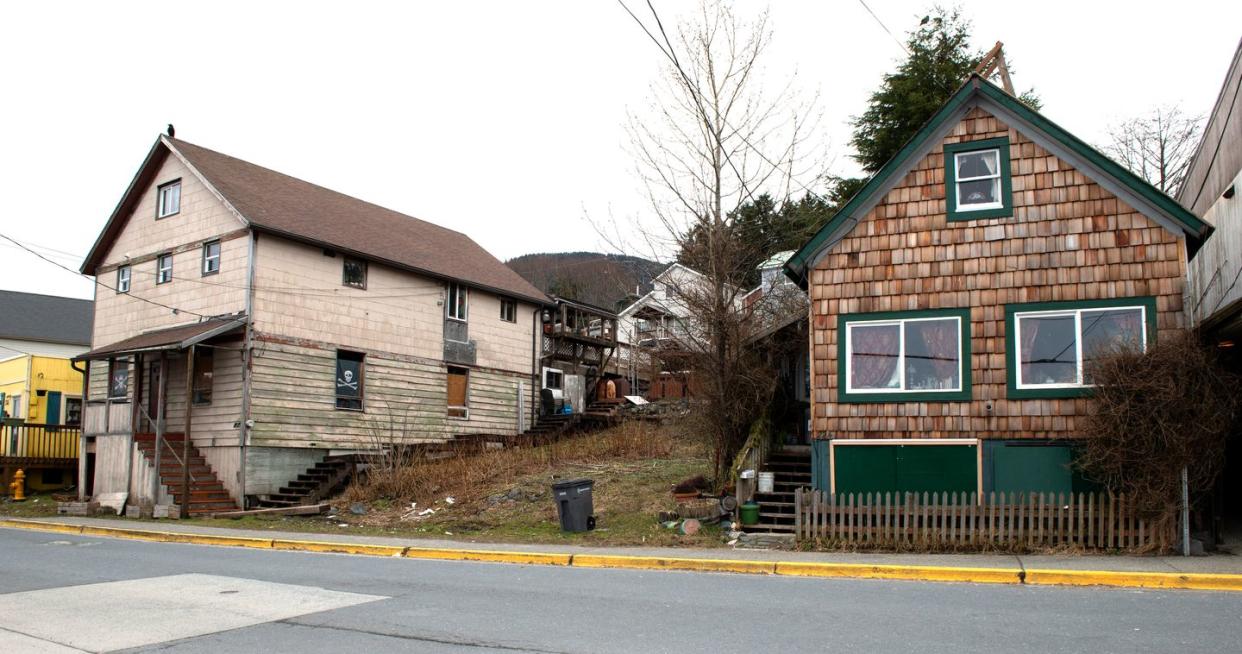
Single-family homes are becoming more and more common in the area, but for many years, the Lingít (commonly spelled in English as “Tlingit") resided in structures that allowed multigenerational extended families to live together in clan houses.
Currently, only eight of the original 43 clan houses remain, and few of these function as they once did, with matrilineal (based on the female family line) forces a core part of the identity. Tribal members and allies aim to preserve and celebrate these homes as hubs of ceremony and culture, and hope to preserve and construct new clan properties so the traditions and history can be passed down.
Wilderness Battlefield Area, Orange County, Virginia
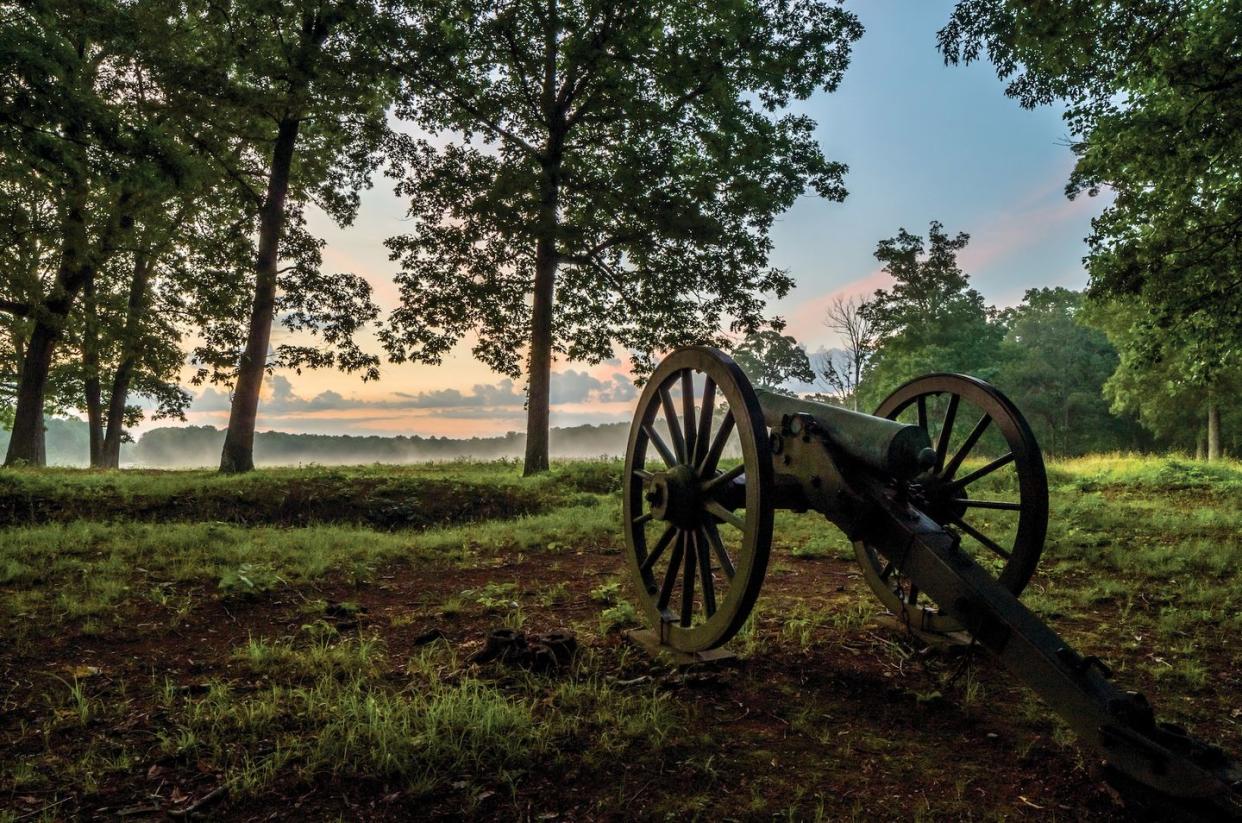
A key turning point in the Civil War occurred on this Virginia land. The internet and efficiency—more specifically, large-scale data and distribution centers—can’t strip away history, but they can have a drastic negative impact on the landscape and overall experience of visiting the historic site.
A large coalition is on a mission to urge county decision makers to focus on maintaining the Wilderness Battlefield area and to limit nearby development.
Tangier American Legation, Tangier, Morocco
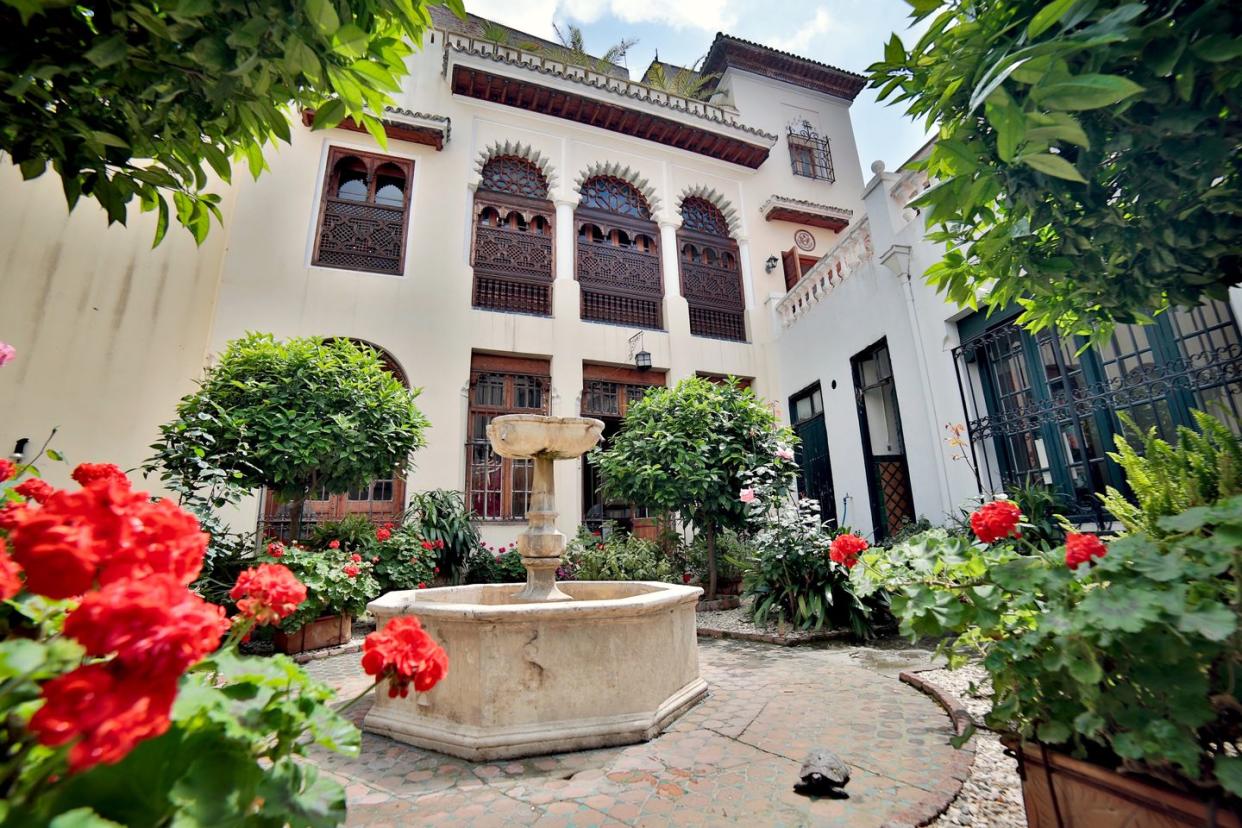
The previous 10 locations are within the boundaries of the 50 states. The final endangered place is something that was gifted to the U.S. by the Moroccan Sultan in 1821 to celebrate the friendship between the two nations. At the time, it was the first American public property located abroad.
As part of American history for more than 200 years now, this location has become a symbol of U.S. diplomacy—but it’s being imperiled by the forces of time. This legation features a cultural center, museum, and research library; all of which could use urgent attention to reinforce structural stability after a nearby building recently collapsed.
You Might Also Like
